Sebaceous Filaments Vs. Blackheads: Differences & Treatments
Not all blackish spots on your T-zone are blackheads—some may be sebum-filled filaments.
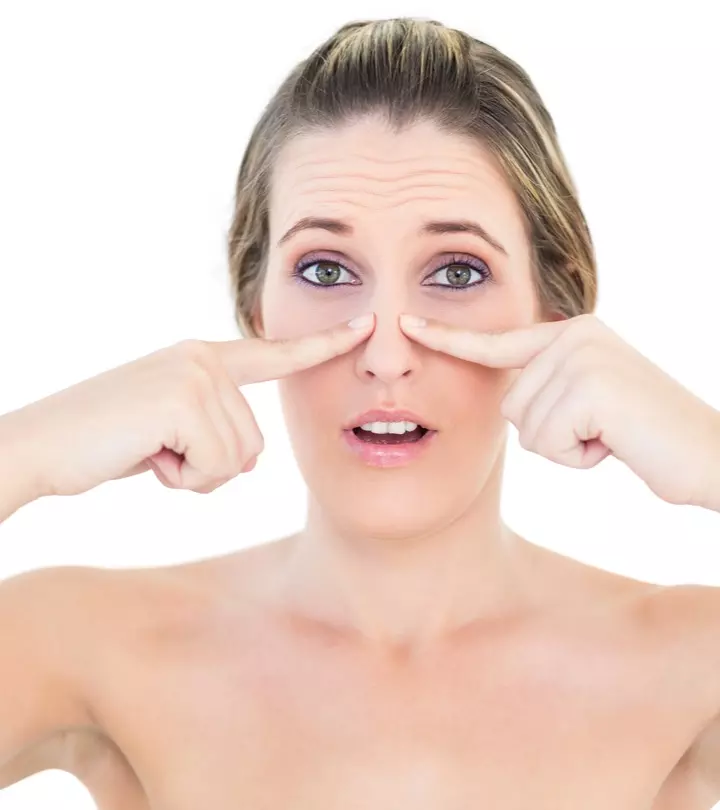
Not all tiny black dots you see on your T-zone are blackheads. Some of them can be sebaceous filaments. Though they look similar, there are differences between blackheads and sebaceous filaments. This article discusses these two to clear your confusion. Keep reading to learn their differences, treatment options, and ways to manage them. Scroll down.
In This Article
Difference Between Sebaceous Filaments And Blackheads
| Differentiating Factors | Sebaceous Filaments | Blackheads |
|---|---|---|
| What Do They Look Like? |
|
|
| Causes |
|
|
| Location |
|
|
| Color |
|
|
| Extraction |
|
|
are natural structures on the skin and become noticeable due to excess sebum secretion. You cannot get rid of them. However, you can make them less visible by keeping the pores clean. Remember, the presence of these filaments is not a sign of bad hygiene.
Key Takeaways
- Sebaceous filaments are glands in the skin that become visible when filled with sebum, while blackheads are caused when the skin pores get clogged.
- Sebaceous filaments are visible on the nose and cheeks, and blackheads are found on the face, back, neck, and chest.
- Cleansing and exfoliating your skin can prevent visible sebaceous filaments, while topical retinoids can help manage blackheads.
How To Clean Sebaceous Filaments
1. Cleanse
- Use mild and gentle products to cleanse your skin.
- Avoid alcohol-based products as they can irritate or overdry your skin.
- Use skin care products that suit your skin type. Go for oil-free, non-comedogenic products.
- Wash your face twice a day (especially after a workout and before sleeping).
A blogger detailed her experience with clogged pores, whiteheads, and blackheads and gave suggestions based on her experience. She wrote, “Ever since I started double-cleansing more consciously and paying more attention to my cleansing, the amount of clogged pores reduced significantly (i).” She also recommended the use of products like salicylic acid, clay masks, and oil cleansing.
 Quick Tip
Quick Tip2. Exfoliate
- Avoid over scrubbing or using physical scrubs as they may aggravate skin inflammation.
- Use salicylic acid to gently slough off dead skin cells, bacteria, and excess oil from the pores. It dissolves the oil and helps unclog pores. Use products with 0.5% to 2% salicylic acid for effective results.
- Benzoyl peroxide helps regulate oil production on acne-prone skin. The antimicrobial and anti-inflammatory properties of this ingredient help manage acne.
3. Moisturize
Moisturize your skin every day to keep it hydrated. Hydrated skin does not produce excess sebum and oils. This keeps the sebaceous filaments clean.
4. Use Sun Protection
- Use sunscreen to prevent signs of photoaging and any further damage to the skin.
- Use a non-oily and non-comedogenic product.
In a survey of 19,133 US adults, participants were asked about their sunscreen application habits when stepping outside their homes. The responses indicate that 16% always apply sunscreen, 24% do so most of the time, 32% apply it some of the time, 25% never apply sunscreen, and 3% have no response as an answer.
These are a few ways to keep the skin clean, protect it, and prevent visible sebaceous filaments. Now, let’s take a look at how you may get rid of blackheads.
How To Get Rid Of Blackheads
- Use products with BHA (salicylic acid) to dislodge the blackheads. You may also use AHAs and benzoyl peroxide to clear blackheads.
- Topical retinoids (vitamin A derivative) also help in managing acneand blackheads. You will get OTC retinol products. However, for retinoids, you need a doctor’s prescription.
- Use steam to loosen the trapped dirt and sebum. This will help in easy blackhead removal and extraction.
 Quick Tip
Quick Tip- Nose and facial strips and vacuum pore cleaners can also clear blackheads.
- Stress can trigger excess sebum production and acne. If you have excess blackheads and acne, try to reduce your stress levels.
- Similarly, diet (dairy products and chocolate) can trigger acne. Follow a healthy diet rich in vegetables and fruits.
- You can also opt for IPL acne treatment and carbon laser peel for both blackheads and sebaceous filaments.
You may follow the tips to keep your skin clean and prevent blackheads and visible sebaceous filaments. A proper skin care regimen is the best way to avoid breakouts and clogged pores.
Extracting blackheads and clogged pores can damage your skin. If you have stubborn blackheads and are concerned about the appearance of your sebaceous filaments, consult a doctor or a dermatologist to learn more about the type of chemical exfoliant and the percentage you need to use.
Sebaceous filaments are skin glands that become apparent owing to excessive sebum production. When they clog, blackheads might form. Controlling oil production and maintaining clear skin can aid in managing both. However, you cannot get rid of them but minimize their appearance. Stick to a proper skin care routine, exfoliate routinely, and use oil-free, alcohol-free, and non-comedogenic products. If you have stubborn blackheads and are worried about the looks of your sebaceous filaments, talk to your doctor or dermatologist about which chemical exfoliant to use and what proportion to use.
Frequently Asked Questions
Does retinol get rid of sebaceous filaments?
Yes. Retinol and retinoids are quite effective against sebaceous filaments.
Does niacinamide help with sebaceous filaments?
Yes. Niacinamide can help reduce the appearance of sebaceous filaments by minimizing enlarged pores.
Do pore strips remove blackheads or sebaceous filaments?
Pore strips only help reduce the appearance of sebaceous filaments by removing excess sebum. However, they aren’t much effective against blackheads.
Understand the differences between sebaceous filaments and blackheads in this video. Learn about their causes, how to identify them, and discover effective skin care tips to manage and improve skin texture. Check it out!
Personal Experience: Source
StyleCraze's articles are interwoven with authentic personal narratives that provide depth and resonance to our content. Below are the sources of the personal accounts referenced in this article.
(i) CLOGGED PORES & WHITE/BLACKHEADShttps://hellobeautypeadia.wordpress.com/2017/03/30/clogged-pores-white-blackheads/
References
Articles on StyleCraze are backed by verified information from peer-reviewed and academic research papers, reputed organizations, research institutions, and medical associations to ensure accuracy and relevance. Read our editorial policy to learn more.
- Salicylic acid as a peeling agent: a comprehensive review
https://www.ncbi.nlm.nih.gov/pmc/articles/PMC4554394/ - What is the Role of Benzoyl Peroxide Cleansers in Acne Management?
https://www.ncbi.nlm.nih.gov/pmc/articles/PMC3016935/ - Why Topical Retinoids Are Mainstay of Therapy for Acne
https://www.ncbi.nlm.nih.gov/pmc/articles/PMC5574737/ - Study of psychological stress sebum production and acne vulgaris in adolescents
https://pubmed.ncbi.nlm.nih.gov/17340019/
Read full bio of Dr. Seepika Jaiswal
Read full bio of Annie Jangam
Read full bio of Eshna Das
Read full bio of Monomita Chakraborty






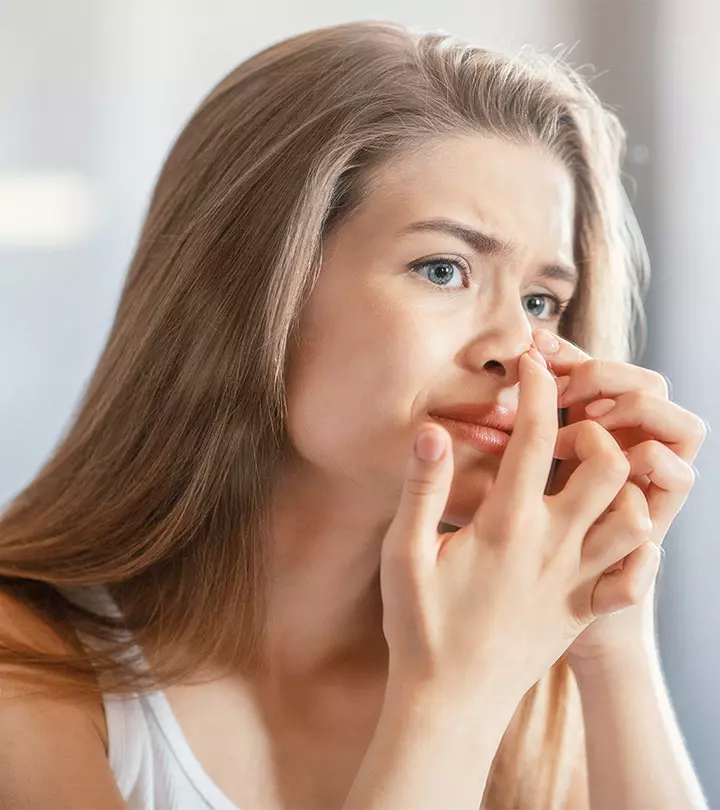
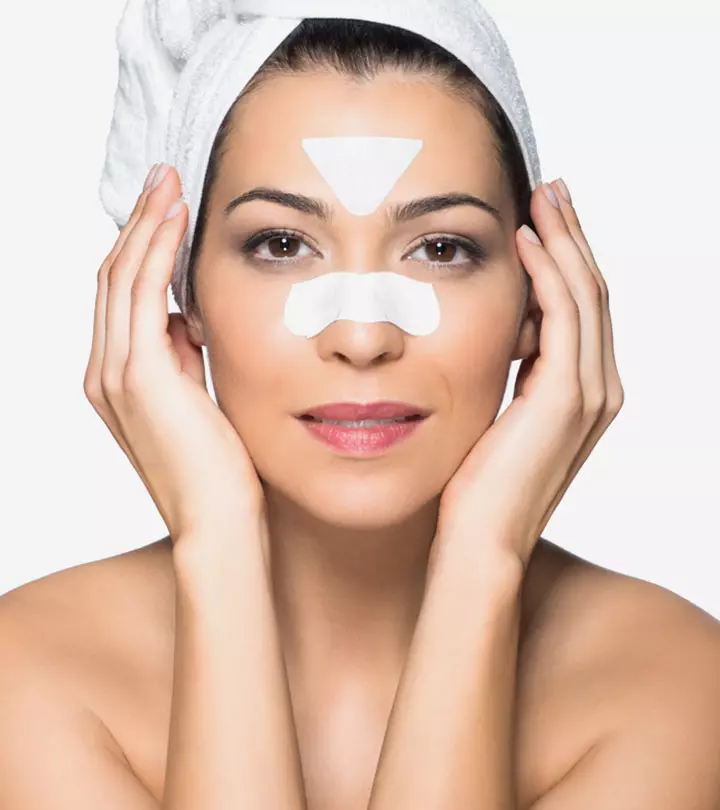
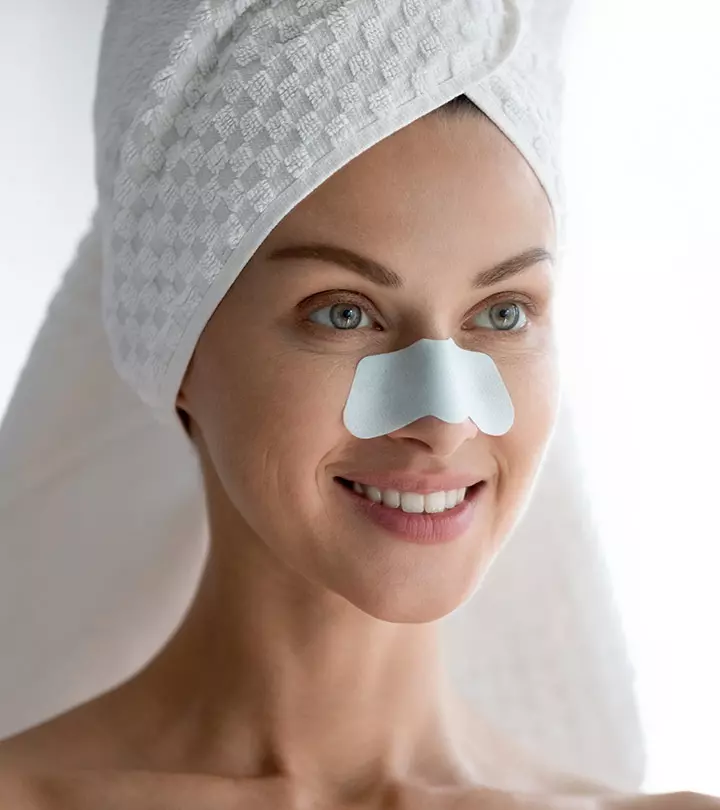
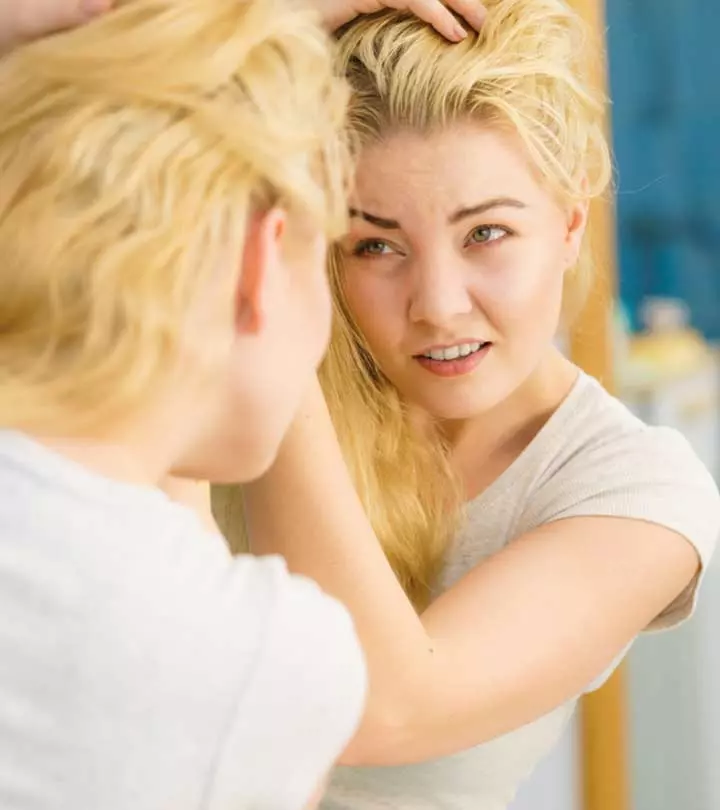
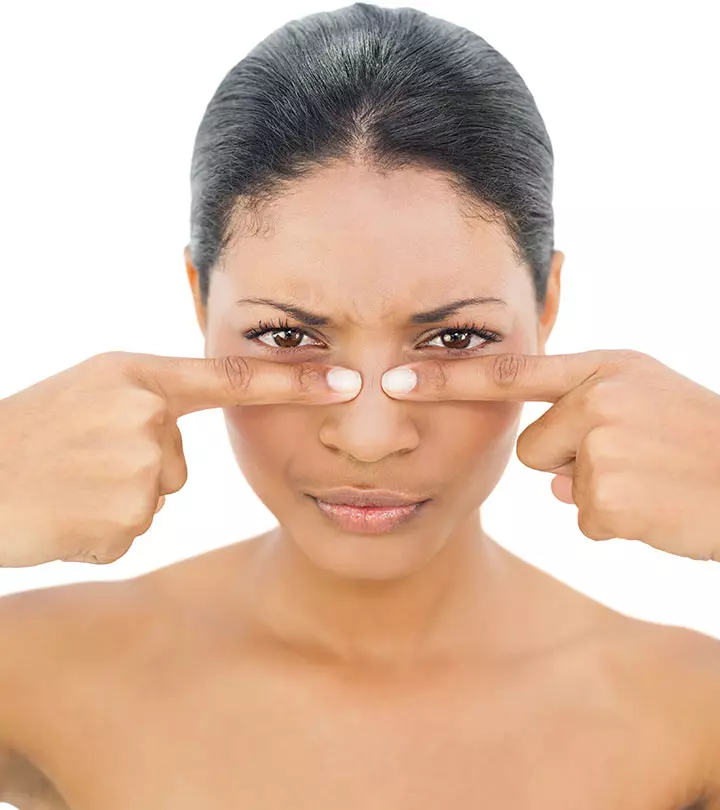
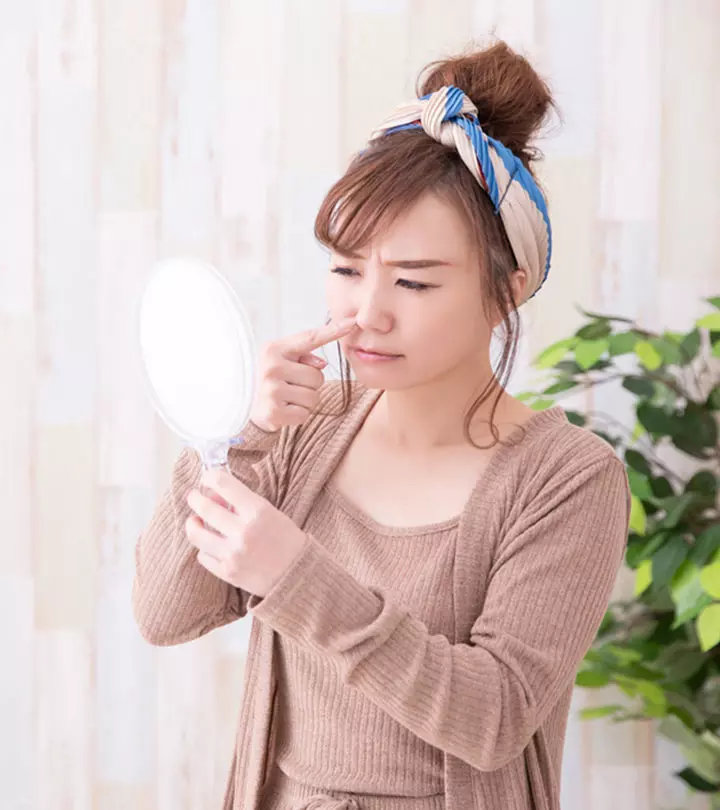

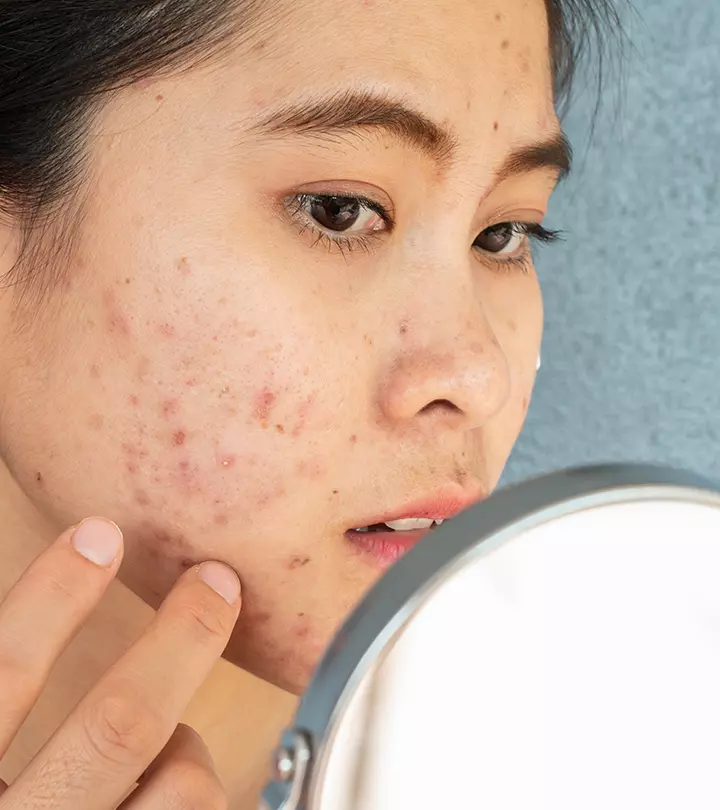
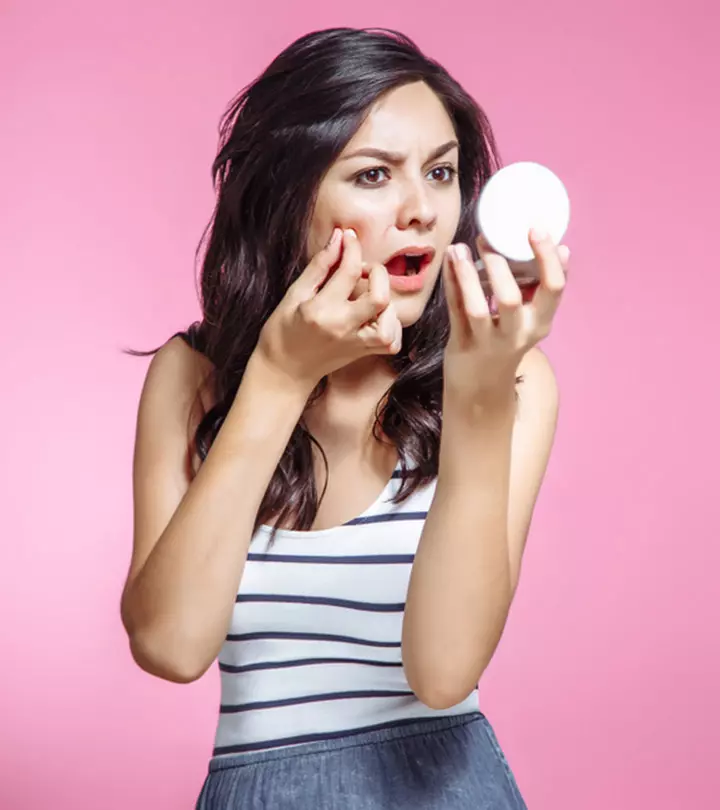
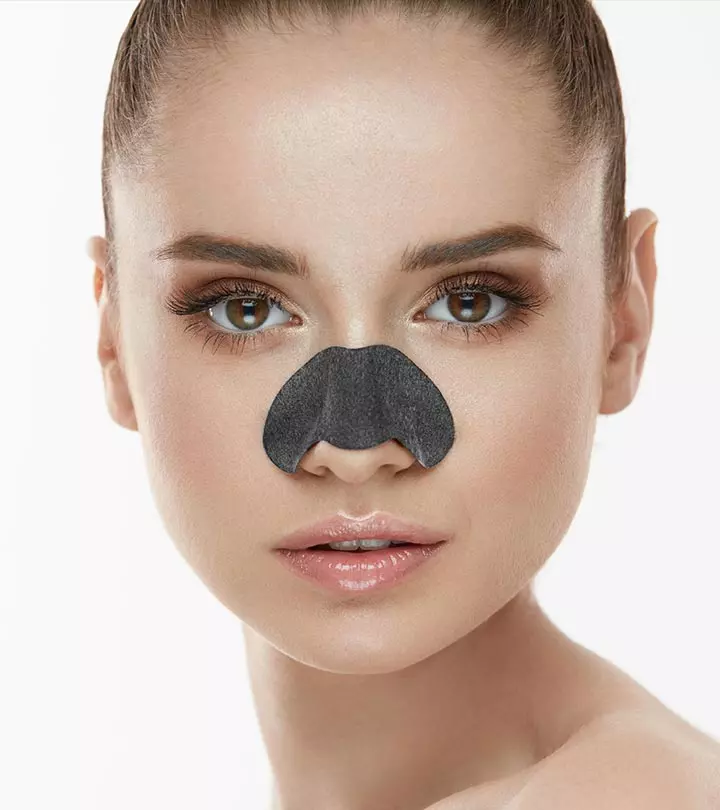


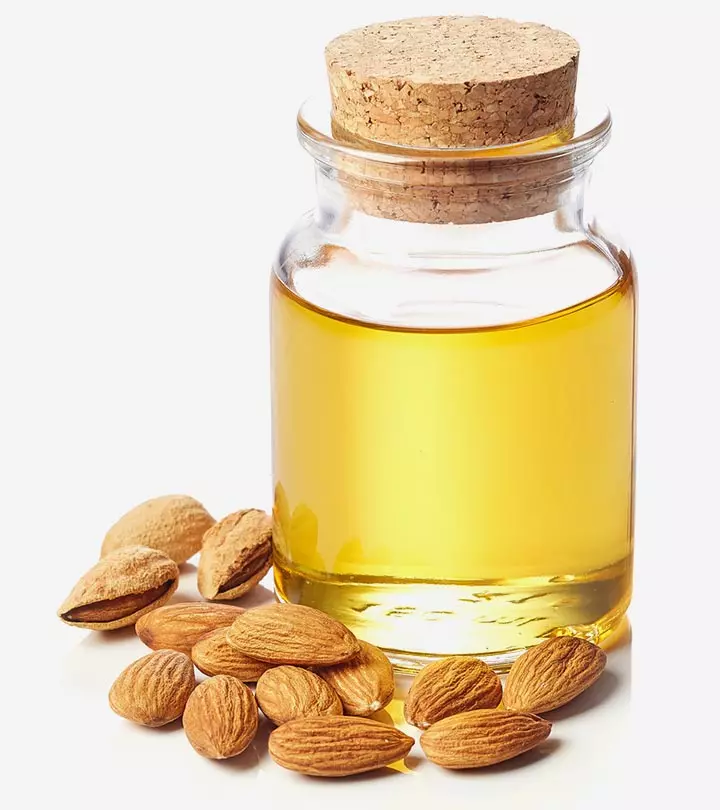


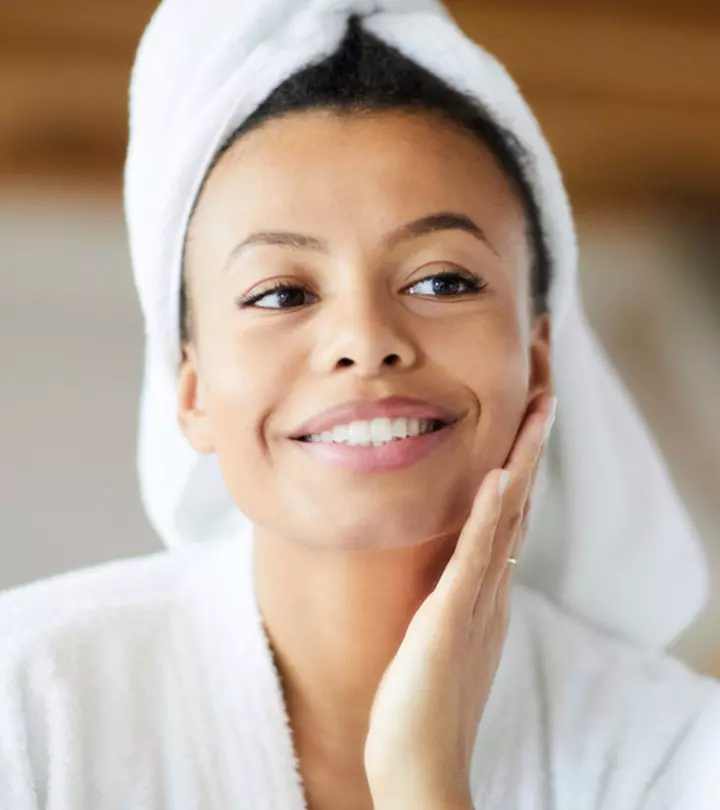
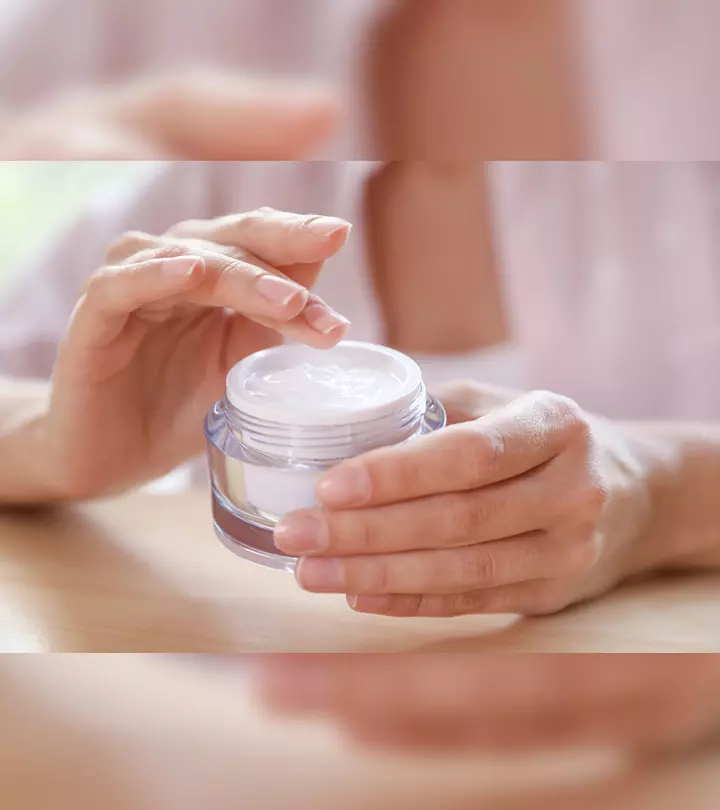
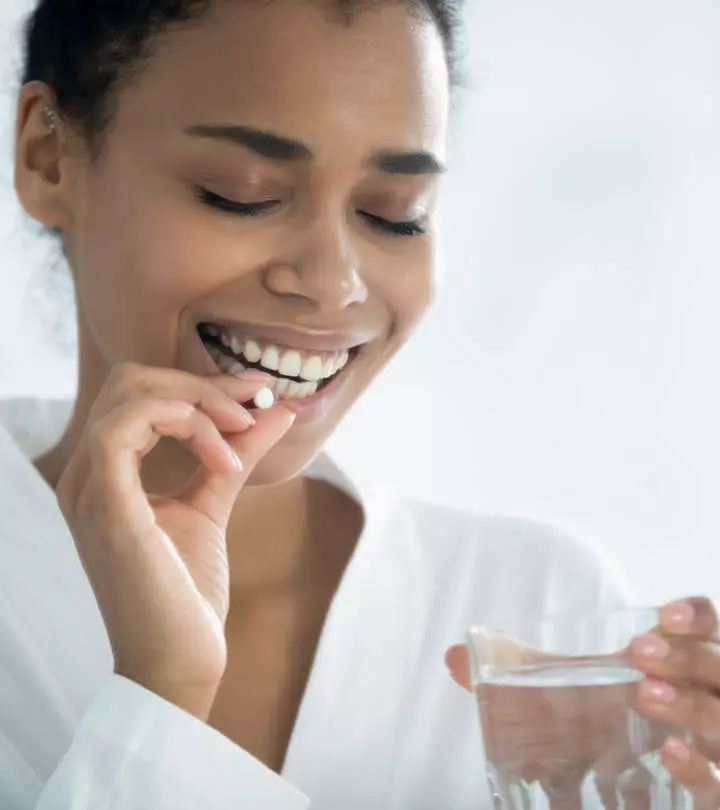
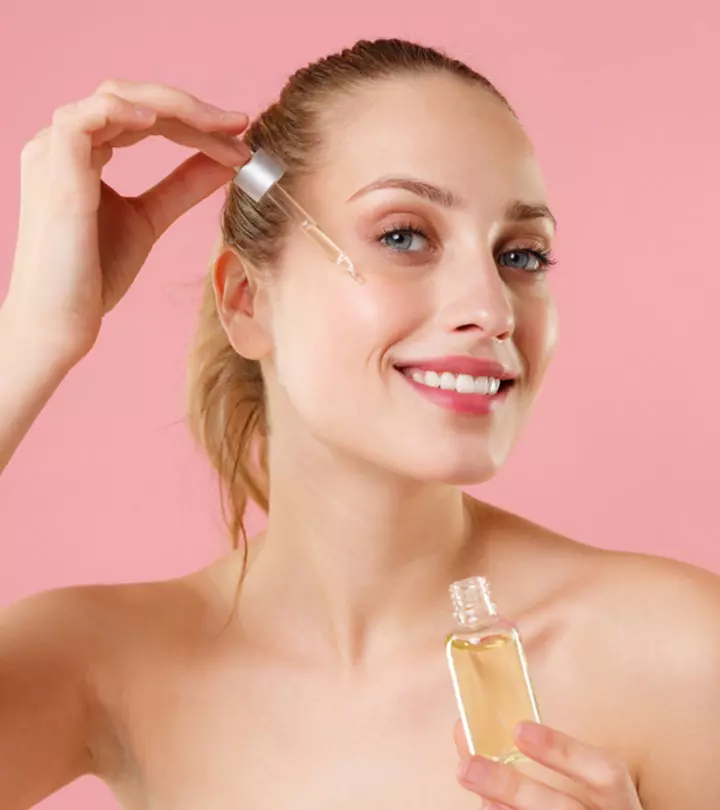

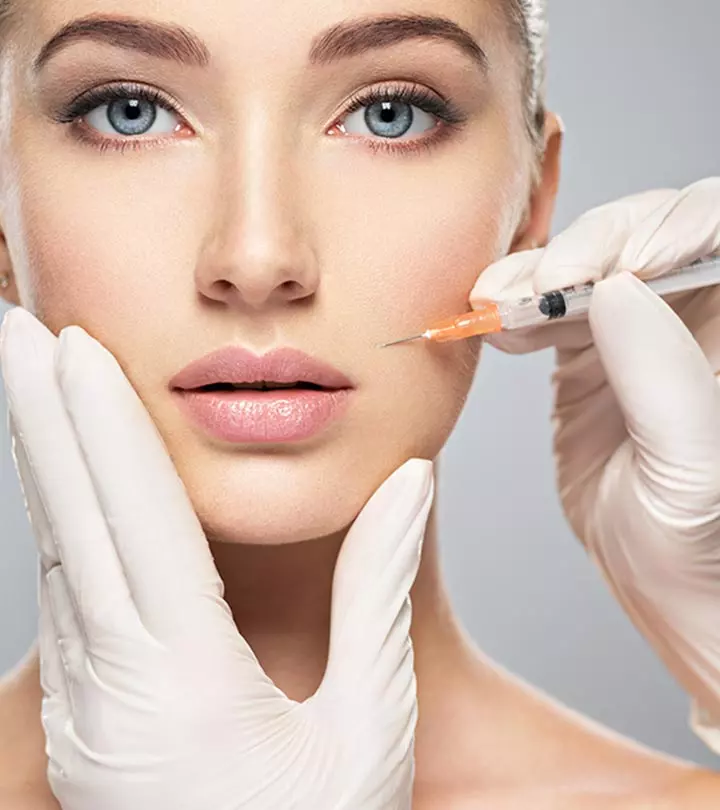
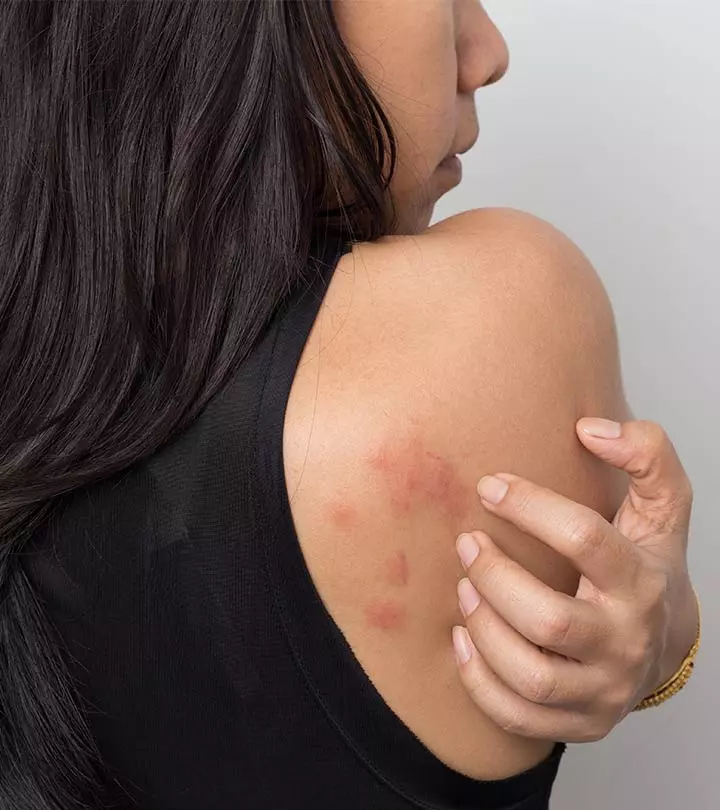
Community Experiences
Join the conversation and become a part of our empowering community! Share your stories, experiences, and insights to connect with other beauty, lifestyle, and health enthusiasts.